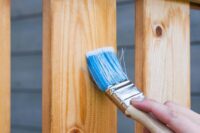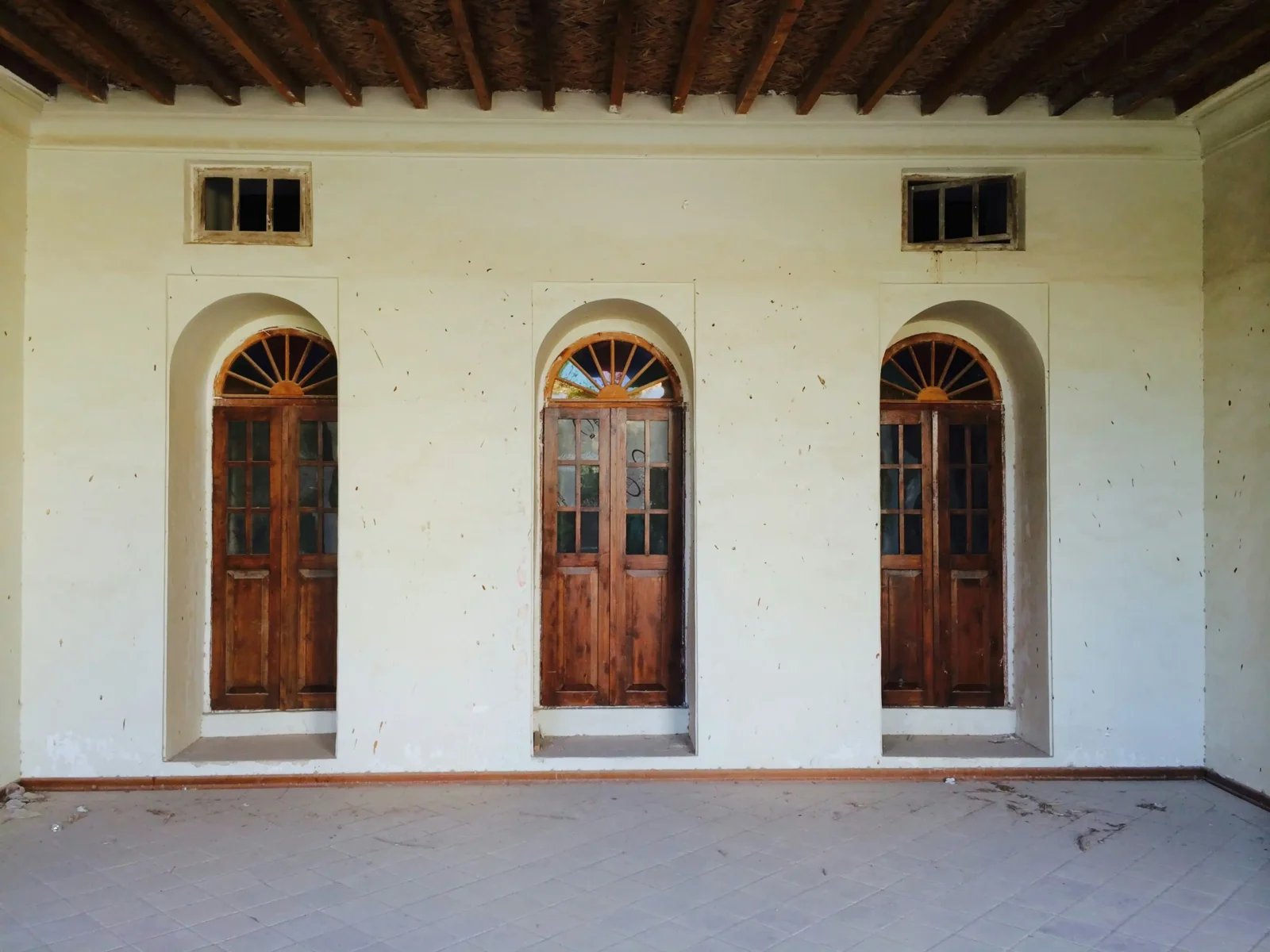- Home
- Articles
- Architectural Portfolio
- Architectral Presentation
- Inspirational Stories
- Architecture News
- Visualization
- BIM Industry
- Facade Design
- Parametric Design
- Career
- Landscape Architecture
- Construction
- Artificial Intelligence
- Sketching
- Design Softwares
- Diagrams
- Writing
- Architectural Tips
- Sustainability
- Courses
- Concept
- Technology
- History & Heritage
- Future of Architecture
- Guides & How-To
- Art & Culture
- Projects
- Interior Design
- Competitions
- Jobs
- Store
- Tools
- More
- Home
- Articles
- Architectural Portfolio
- Architectral Presentation
- Inspirational Stories
- Architecture News
- Visualization
- BIM Industry
- Facade Design
- Parametric Design
- Career
- Landscape Architecture
- Construction
- Artificial Intelligence
- Sketching
- Design Softwares
- Diagrams
- Writing
- Architectural Tips
- Sustainability
- Courses
- Concept
- Technology
- History & Heritage
- Future of Architecture
- Guides & How-To
- Art & Culture
- Projects
- Interior Design
- Competitions
- Jobs
- Store
- Tools
- More
The Science Behind Metal Building Sweating (And How to Prevent It)

If you’ve noticed water droplets forming on the walls or ceiling of your metal building, you’re not alone. This phenomenon, known as “metal building sweating,” is a common issue that can lead to rust, mold, and even structural damage if left unchecked. But why does it happen? The answer lies in basic science—temperature differences, humidity, and condensation.
Understanding the root causes of metal building sweating can help you prevent it, saving you from costly repairs and extending the life of your structure. Let’s break down the science behind condensation in metal buildings and explore effective ways to stop it before it becomes a bigger problem.
The Science Behind Condensation in Metal Buildings
At the heart of metal building sweating is the dew point—the temperature at which air becomes saturated and releases moisture as condensation. The higher the humidity, the higher the dew point, meaning condensation is more likely to occur even at moderate temperatures.
Metal conducts heat and cold much faster than other building materials, making it particularly vulnerable to temperature swings. If the inside of your building is warm but the exterior is cold, condensation will form on the inner walls and ceiling. Conversely, in hot, humid conditions, a cooler metal surface can pull moisture from the air, creating the same sweating effect.

Common Causes of Metal Building Sweating
Several factors contribute to condensation problems in metal buildings:
- Poor Insulation
Without proper insulation, metal buildings experience drastic temperature fluctuations, making condensation more frequent. So, for thermal protection for steel constructions and more control over temperature, you need high-quality insulation.
- Lack of Ventilation
When humid air gets trapped inside with no way to escape, moisture levels build up, leading to excessive sweating on surfaces.
- Ground Moisture
If your building doesn’t have a moisture barrier or a well-drained foundation, water vapor from the ground can seep inside, adding to the humidity problem.
- Indoor Humidity Sources
Stored equipment, livestock, or even daily activities like running machinery can add moisture to the air, increasing the likelihood of condensation.
How to Prevent Metal Building Sweating
Now that you know why metal buildings sweat, let’s explore how to stop it.
- Improve Ventilation
A well-ventilated metal building allows humid air to escape before it turns into condensation. Consider installing:
- Ridge vents and louvers to improve airflow
- Exhaust fans to remove excess humidity
- Openable windows or doors for natural cross-ventilation
Proper airflow helps keep humidity levels balanced, reducing the chances of condensation buildup.
- Invest in Proper Insulation
Insulation is key to reducing temperature fluctuations inside your building. Some of the best options for metal structures include:
- Spray foam insulation: Provides a moisture barrier while keeping temperatures stable.
- Reflective insulation: Helps deflect heat, reducing interior temperature swings.
- Fiberglass or batt insulation: Works well when combined with vapor barriers.
Insulation not only prevents sweating but also improves energy efficiency, making your building more comfortable year-round.
- Manage Humidity Levels
To keep moisture levels under control, consider:
- Using a dehumidifier in high-humidity areas
- Installing moisture-absorbing materials like silica gel or desiccants
- Keeping doors and windows properly sealed to prevent humid air from entering
By reducing excess moisture in the air, you can significantly cut down on condensation problems.
- Install a Vapor Barrier
A vapor barrier helps prevent moisture from seeping into your building. These barriers can be installed:
- Beneath the roof panels
- On interior walls
- Under concrete flooring
Choosing the right vapor barrier, such as plastic sheeting or foil-faced insulation, can make a big difference in preventing condensation issues.
- Optimize Drainage and Flooring Solutions
Water pooling around your metal building can contribute to excess moisture inside. To prevent this:
- Ensure the area around your building is properly graded for drainage
- Use concrete sealers to reduce ground moisture penetration
- Install elevated flooring if necessary to keep moisture from rising
Good drainage keeps the base of your building dry, reducing humidity-related condensation.
Is It That Big a Deal to Delay Insulation Installation?
Perhaps you feel that you have bigger fish to fry at your business. Insulation is something that can wait until a later date. This is a mistake that a lot of business owners make and they learn to regret it. Know that it’s a bad idea to delay this process, and you’re putting your metal building at risk. Yes, it can take some time for installation and quality insulation is going to cost you. But, the long-term benefits are worth it. Let’s take a look at what can happen when you delay this process.

Pay More for Heating and Cooling
Think about what’s going to happen in the summer in a metal building. The temperature is going to rise. People become uncomfortable, which means that you have to crank up the air conditioning. Then, think about the winter. Metal buildings are going to give away heat, which means that you have to constantly use heating systems to keep everybody warm. Note that you’re going to have sky high bills. The only way that you can reduce this burden is to have insulation for temperature control.
Suffer Structural Damage
Something that you don’t want to happen to a metal building is to suffer from structural damage. This can be very expensive and cause a lot of problems. Unfortunately, this can result from long-term moisture exposure. Condensation can cause rusting and corrosion of metal. If you keep delaying with insulation, this can allow condensation to spread and damage your building.
Risk of Mold and Mildew
When you have a business, you need to take care of everybody that works inside your metal building. What you don’t want is exposure to mold and mildew. This can happen when moisture is present due to not having good enough insulation.
Conclusion
Metal building sweating is a common but manageable issue. By understanding the science behind condensation and taking proactive steps—like improving ventilation, installing insulation, and controlling humidity—you can keep your metal building dry and protected.
Preventing moisture buildup not only extends the life of your structure but also protects your stored items and improves indoor air quality. If you’re dealing with persistent condensation problems, it may be worth consulting a professional to assess your building’s ventilation and insulation needs.
Taking action now can save you from costly repairs in the future—so don’t wait until the problem gets worse.
illustrarch is your daily dose of architecture. Leading community designed for all lovers of illustration and #drawing.
Submit your architectural projects
Follow these steps for submission your project. Submission FormLatest Posts
Exterior & Interior Remodeling Tips Every Homeowner Should Consider
Home upgrades reshape comfort, improve function, and strengthen long-term property value. Whether...
Top 8 Luxury Vacation Rentals Features Guests Love Most
A luxury vacation rental offers an entirely different experience than a typical...
Why Local Expertise Matters: Choosing the Right Plumbers in Townsville
Why Local Expertise Matters: Choosing the Right Plumbers in Townsville When it...
Bathroom Remodel ROI: How to Add $15–30K to Your Home Value in 2025-2026
Outdated bathrooms can drag a listing 20-30% longer on the market. Buyers...












Leave a comment